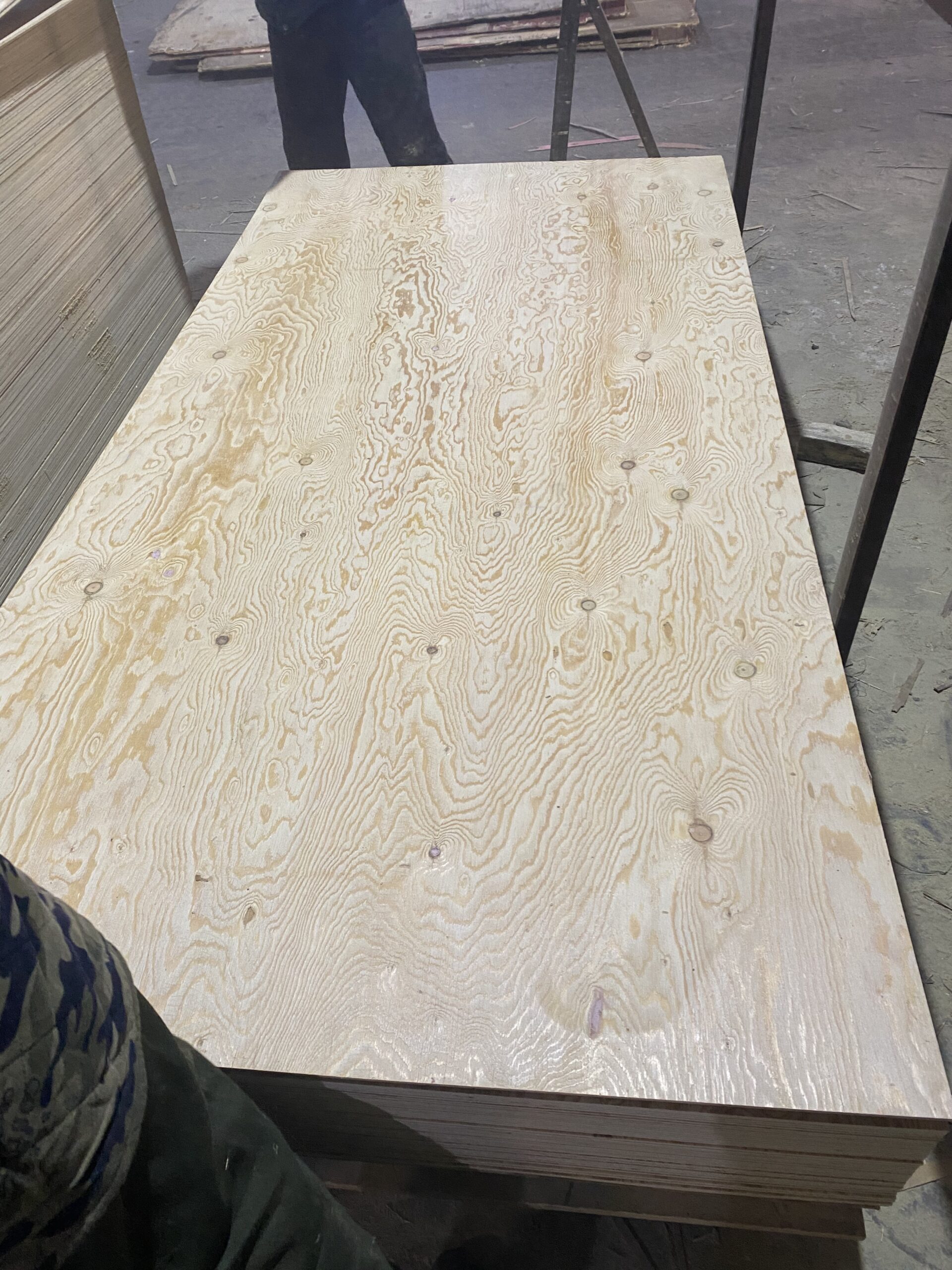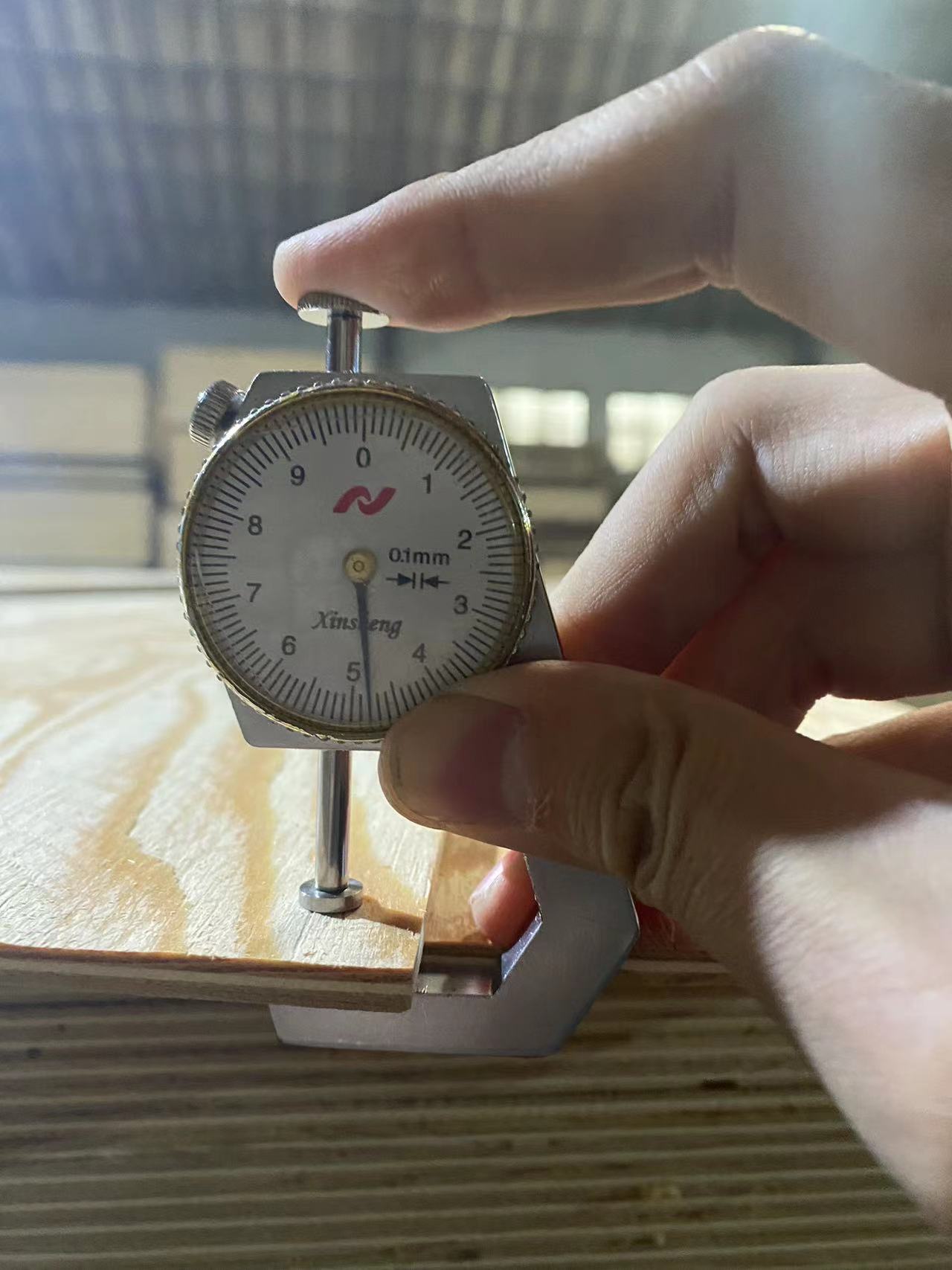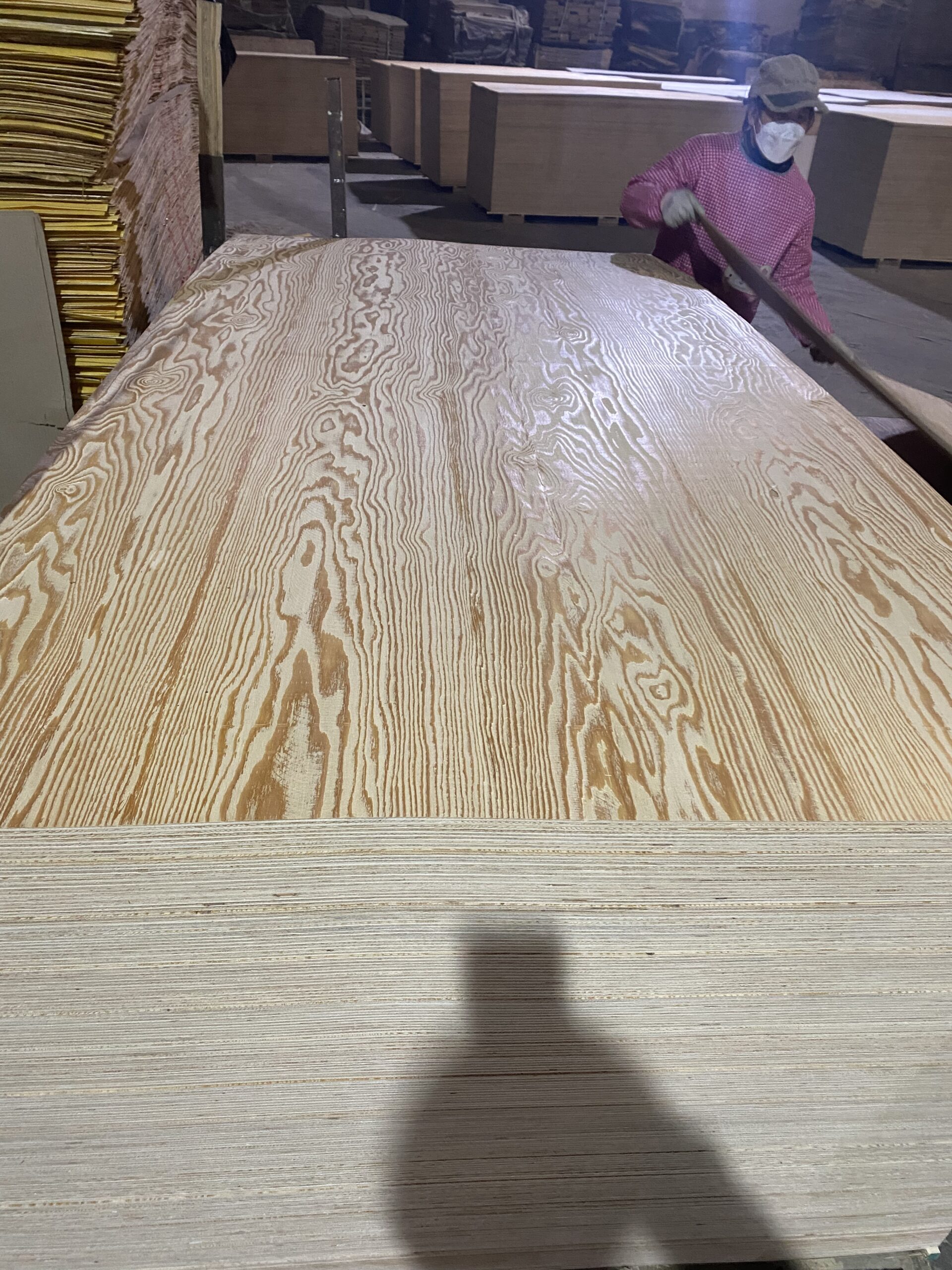As an important construction and furniture material, pine plywood is widely used in the construction industry and home decoration. This article will introduce in detail the origin, material properties, application fields, technological development and future trends of pine plywood.

1. Origin and material properties
Pine plywood is a board made of thin wooden boards bonded with an adhesive and its history dates back to the early 20th century. As a common softwood material, pine wood is widely used because of its fast growth, light texture and soft texture. Pine plywood is usually made of multiple layers of wooden boards stacked and glued. It has excellent physical and mechanical properties and stable dimensional characteristics, and can remain stable under different climate conditions.
2. Superior performance characteristics
Pine plywood has the following salient features:
Lightweight and durable: Pine wood fibers are soft and uniform, making the plywood overall lighter and suitable for use in large-area construction and furniture manufacturing.
High stability: The multi-layer glued structure makes pine plywood have high bending and compression resistance, is not easy to deform, and is suitable for long-term use.
Good workability: Pine wood has a clear texture, is easy to cut and process, and can be used to make products of various shapes and sizes.
Good environmental protection: Using natural wood and environmentally friendly adhesives, pine plywood releases no formaldehyde during use and does not pollute the indoor environment.
3. Application fields and market demand
Pine plywood is widely used in the following areas:
Building structure: Used for the construction of structural components such as walls, roofs, floors and partitions, especially suitable for construction projects that require lightweight structures.
Furniture manufacturing: Making furniture frames, surface coverings and decorative panels, etc. Its uniform color and processing performance are favored by the furniture manufacturing industry.
Packaging industry: As a raw material for packaging boxes, shelves and pallets, it is used in packaging solutions with high lightweight and environmental protection requirements.

4. Technology development and future trends
With the advancement of technology and changes in market demand, pine plywood has continued development trends in the following aspects:
Material innovation: Develop more environmentally friendly and functional adhesive materials to meet consumer health and environmental requirements.
Design and Decoration: Combined with modern design trends, surface decoration technology is developed to provide diverse texture and color choices.
Application expansion: Continue to expand application areas in the construction, furniture and packaging industries to enhance the competitiveness of pine plywood in different markets.
5. Future prospects
Pine plywood will continue to occupy an important position around the world as a traditional yet innovative building material. In the future, as people pay more attention to environmental protection and sustainable development, pine plywood is expected to provide better solutions for various construction and furniture applications through technological innovation and market promotion, and become one of the important representatives of green building materials.
Conclusion
Pine plywood not only has a long history in the construction and furniture industries, but its advantages in environmental performance and versatility make it still important in modern society. With the development of technology and market, pine plywood will continue to provide reliable and innovative solutions for various application fields, contributing to building a better living space.


